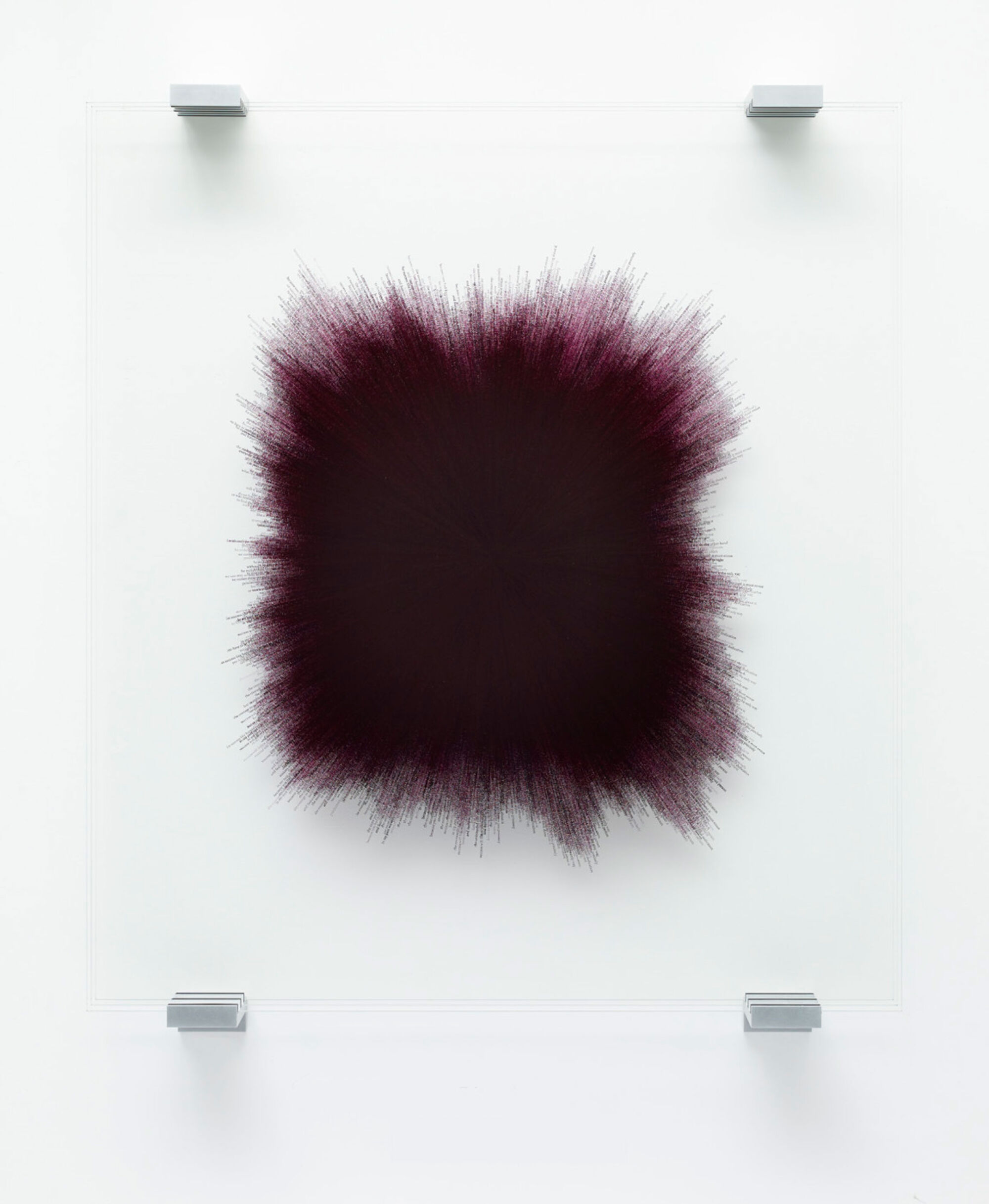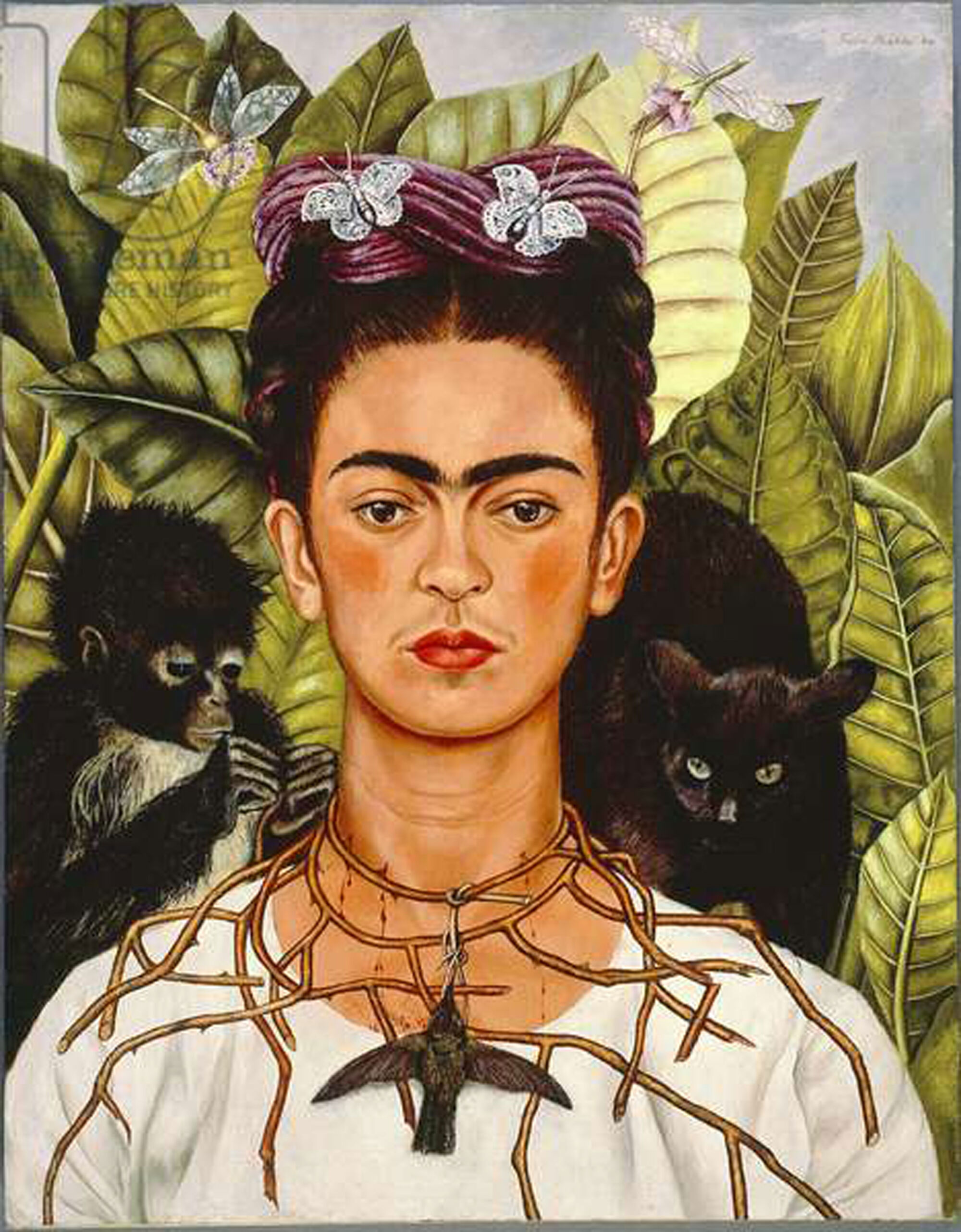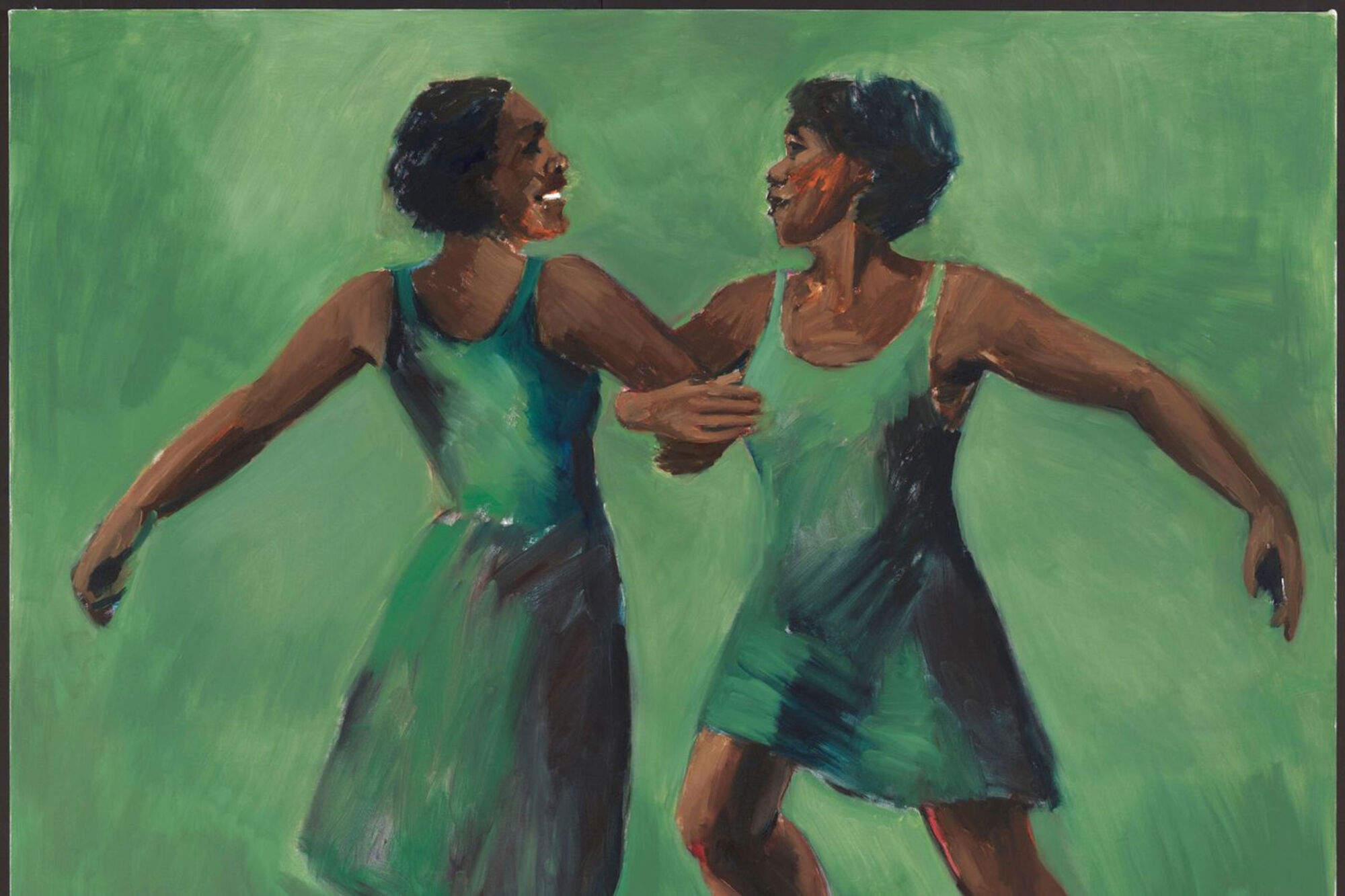
Discover Idris Khan
Idris Khan creates sculpture, painting and photography that investigates memory, ritual and the layering of experience. He shot to fame in 2004 after he scanned every page of the Qur’an, then digitally layered the images.
Repetition is key to Khan’s meditative process. To make this striking work Khan stamped dense layers of text onto a glass pane using woodblocks coated with oil-based ink.
Superimposed on one other, the words become illegible. Their semantic meaning is lost. But in the process new truths are revealed: text becomes image. Open to interpretation, engages your close and questioning attention.
Repetition is key to Khan’s meditative process. To make this striking work Khan stamped dense layers of text onto a glass pane using woodblocks coated with oil-based ink.
Superimposed on one other, the words become illegible. Their semantic meaning is lost. But in the process new truths are revealed: text becomes image. Open to interpretation, engages your close and questioning attention.
Share





